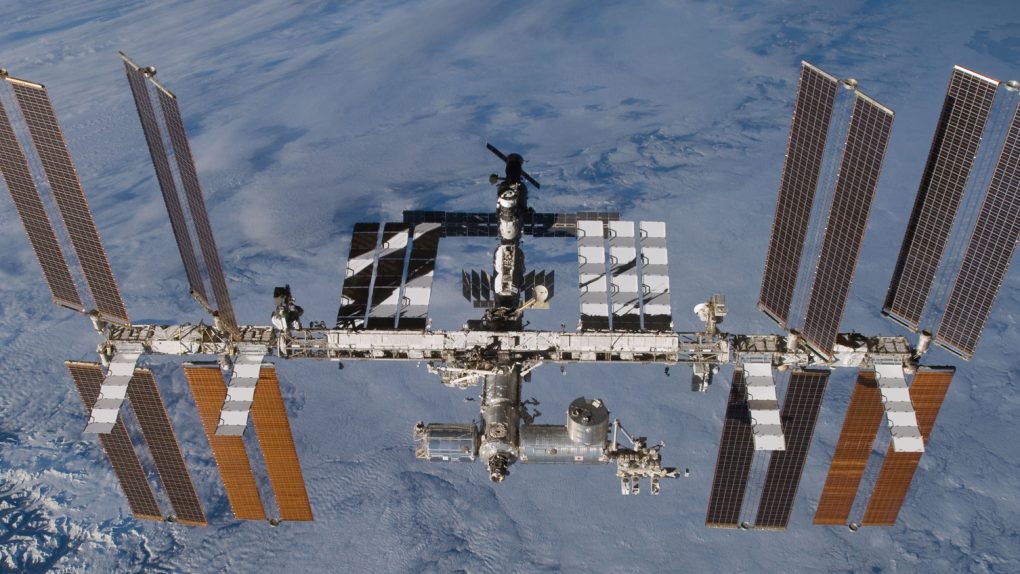The International Space Station is, well, old. It’s still working great and fulfilling the needs of NASA, Russia’s Roscosmos, Japan’s JAXA, and the European Space Agency, among others, but it’s definitely not as cutting-edge as it once was. The groups responsible for maintaining the spacecraft have done a great job of keeping it up and running and filling it with new tools and instruments, but when it comes to upgrading things like the space station’s power collection system, that means astronauts need to suit up and head out into the vacuum of space.
That’s what NASA astronauts Kate Rubins and Victor Glover were working on Sunday. The pair of scientists were laying the groundwork for what will eventually be a huge upgrade for the space station’s power system, and they spent quite a bit of time floating around the exterior of the spacecraft as they conducted the sensitive work.
The space station has two ways to get power. The first is by drawing power from its solar arrays, which happen to be quite large and make up the majority of the spacecraft’s footprint. It can also draw power from its massive battery packs (which were recently upgraded to new, higher-efficiency versions). Of course, it can only charge those batteries if it has a surplus of power from — you guessed it — the solar panels.
So, you can see why keeping the solar power system in tip-top shape is important for NASA and its partners. The current solar array is still working well, but it’s definitely not as efficient as it was a decade ago, and it’s time for an upgrade. The new solar arrays will allow the space station to collect even more energy from the Sun. The station’s total power availability sits at around 160 kilowatts, but the new panels will boost that up to around 215 kilowatts.
“To ensure a sufficient power supply is maintained for NASA’s exploration technology demonstrations for Artemis and beyond as well as utilization and commercialization, NASA is augmenting six of the eight existing power channels of the space station with new solar arrays,” NASA explains. “The new solar arrays, a larger version of the Roll-Out Solar Array (ROSA) technology, will be positioned in front of six of the current arrays.”
Another spacewalk planned for March 5th will continue the work of installing the modification kits. For that spacewalk, Soichi Noguchi of the Japanese Aerospace Exploration Agency will be working solo.








